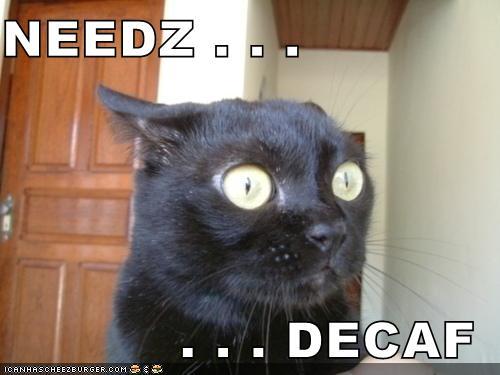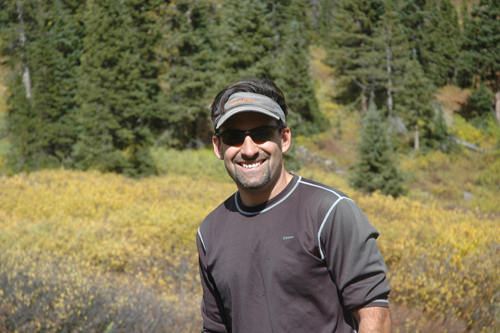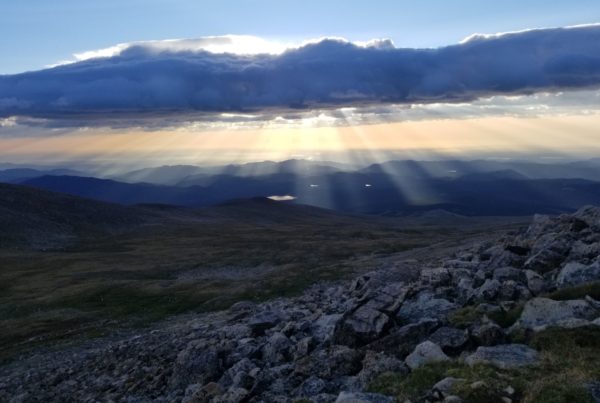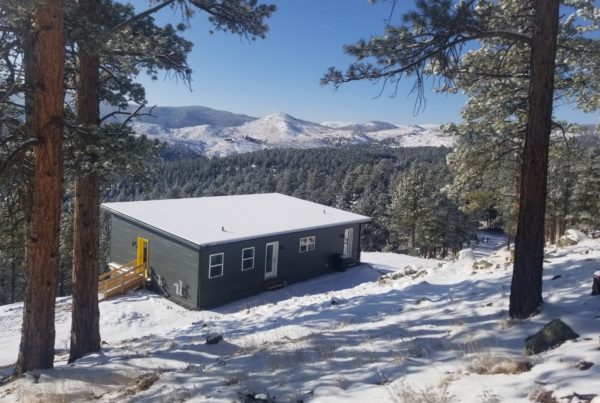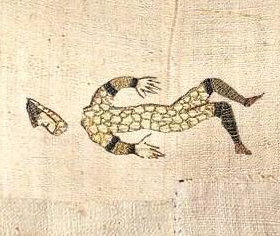Last Updated on July 31, 2023 by James Dziezynski
Caffeine withdrawal is a real thing. If you don’t believe me, try drinking 2 – 5 cans of Monster Energy drink for 6 months, then shutting off the switch. Better yet, let me tell you about my experience and save you the trouble. I was ingesting about 400 – 500 mg of caffeine per day, mainly because I wanted to stay sharp in my work as an editor and writer. I also used caffeine to summon energy during one of life’s inevitable rough patches, including the loss of a beloved pet, minor but nagging injuries, and, to be honest, general anxiety over the mess that is current American politics.
The short-term strategy of upping my caffeine intake worked. I didn’t miss any deadlines, the injuries healed, and I haven’t given up my citizenship and gone off to live in a commune in Greenland. The downside is that caffeine isn’t an easy habit to jettison. Caffeine is ridiculously effective at reversing the immediate effects of withdrawal (which can kick in as little as 24 hours after your last drink). Aches and lethargy vanish in a flash with one sip, as any coffee enthusiast on a Monday morning can attest to. The poison happens to be a wonderful cure.
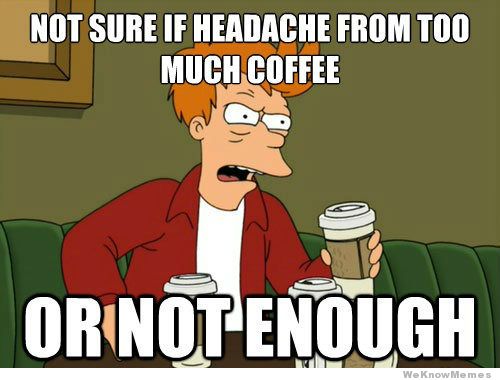 The weird thing about caffeine is that it is not a universal bad guy. In moderation, it has benefits that include increased energy, increased focus, and a low-level sensation of pleasure. Caffeine works by binding to adenosine receptors in the brain. Adenosine is a molecule that basically tells the body it’s time to rest. When adenosine is blocked, the body still gets tired but it doesn’t get the message to do anything about it (thus the infamous caffeine crash when the effects wear off). Caffeine’s two-pronged feel-good attack also modestly elevates dopamine levels, which can help improve mood and overall mental agility—caffeine is officially classified as a psychoactive drug.
The weird thing about caffeine is that it is not a universal bad guy. In moderation, it has benefits that include increased energy, increased focus, and a low-level sensation of pleasure. Caffeine works by binding to adenosine receptors in the brain. Adenosine is a molecule that basically tells the body it’s time to rest. When adenosine is blocked, the body still gets tired but it doesn’t get the message to do anything about it (thus the infamous caffeine crash when the effects wear off). Caffeine’s two-pronged feel-good attack also modestly elevates dopamine levels, which can help improve mood and overall mental agility—caffeine is officially classified as a psychoactive drug.
Caffeine’s downsides do have some extreme, though rare, consequences. Certain people are prone to caffeine intoxication and caffeine overdose, which can result in death. Also worth noting: caffeine is toxic for dogs, cats, and most birds. For most people, caffeine’s dark side comes from dependency. Compared to other stimulants, withdrawal effects are mild but disruptive. I realized it was time for me to nix my caffeine intake because I started to get headaches without it. Sleep was becoming unpredictable, my body was getting jittery, and I felt like someone had turned the lights out in my brain when the potency of caffeine wore off.
I figured it would be easy enough just to quit cold turkey. After further reading, I realize that’s not necessarily the best approach (a four-week gradual decrease is suggested). I had a few things in my favor. I am not a coffee or tea drinker, which are safer, natural sources of caffeine compared to my beloved energy drinks. So why is this an advantage? I had no ritual around my beverages, so there was no routine to break. Also, I didn’t start using caffeine regularly until my late 30s, so I don’t have a long emotional history with it. I know caffeine is a drug, but given how ubiquitous and benign it is, I figured I’d have a day or two of being cranky before weaning myself away from the daily fix—no big deal.
I was wrong.
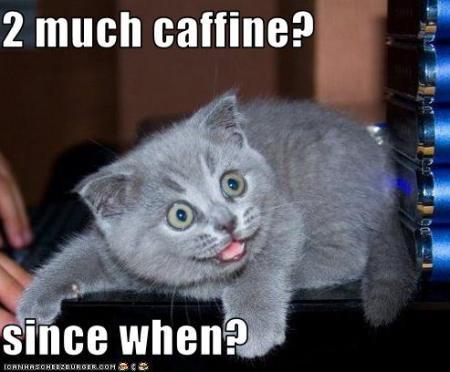
So How’d It Go?
Caffeine addiction is mercifully “easy” to break, compared to other drugs. Research says it takes 9 – 14 days to revert the chemical dependency, with the worst symptoms happening within the first 24 – 72 hours. How tough can it be? Here’s a bullet list of typical caffeine withdrawal symptoms and my own experiences:
- Persistent Headache – Yes
The same day I opted out of caffeine, I began a dull, noticeable headache that lasted four days. Advil (ibuprofen) helped ease this. Because I’ve had migraines in the past, the caffeine headache felt relatively mild. Finally, on the 5th day, it went away on its own. It was never so bad that I couldn’t do my work or drive my truck, but I was definitely aware of it.
- Fatigue – Yes
It only took 24 hours before deep fatigue and low motivation came into the picture. Like the headaches, this got better around day 4. Days 2 and 3 were the worst. I had to rally to get the dogs out for a neighborhood walk and felt so bad on the 3rd day I asked my wife to take over the task (I happen to rather enjoy walks with the dogs). I purposefully planned the brunt of the bad effects to happen over a weekend so it wouldn’t affect my work, which ended up being a wise decision. It was difficult motivating myself to play video games or read—I was apathetic even to things I could enjoy while being a lazy slug. The thought of binge-watching anything seemed too exhausting.
- Irritability – Sort of
I can be a bit of a cranky introvert by nature, so when I consulted my wife on how I acted, she said I was more “whiny” than irritable. Fair enough. I don’t think I was more bothered by things that would otherwise be minor irritations. Thanks to the next symptom- poor sleep- I may have been whinier than irritable.
- Poor Sleep – Big Time Yes
For the first 3 nights, sleep was awful. Oddly, if I had consumed caffeine before bed during this period, it might have helped me doze off. That seems counterintuitive, but biology explains it. Those aforementioned adenosine receptors were now open for business and without any regular pattern to follow, everything went wonky. The first two nights were bad: restless, interrupted sleep, with lots of wakeful hours. The third night was brutal. Even though I was physically exhausted, sleep wasn’t going to happen. I was absolutely freezing under the covers, which is a 180-degree (not literally) reversal from my “always hot” sleep habits (I consider anything over 65 degrees “Nursing Home Hot” and too warm to get a good night’s sleep).
Not only could I not sleep, but on the third day my joint and muscle pain was so bad that I thought I was getting sick. More on that below, but the bottom line is I had a solid three nights of little to no sleep. The fourth night I was finally able to get a few 4-hour chunks of sleep and by the fifth night, things seem somewhat normal.
- Hot / Cold Sensations – Oddy, Yes
This one surprised me. I’m almost always too hot, a complaint my friends and family know all too well. But I couldn’t get my bones warm for a 24-hour period starting on the third day. Hot showers didn’t do anything, nor did blankets or sweaters. It’s a strange coldness. When it was hot outside, I didn’t feel an outer cold, but rather that deep, penetrating cold that seems to lodge itself in your body after prolonged time out on a snowy day. It wasn’t until the 5th day that I returned to my normal, overheating self.
- Constipation / Irritable Bowels – None
This is sort of a gross humblebrag—I’ve never been constipated. I don’t really know what it feels like, though I am fully aware of the concept. No issues here, though from other reports I’ve read, it can be a real issue for some people. Not me, I’ve got the bowels of a champion.
- Joint and Muscle Pain – Ye Gods, Yes
Along with the lack of sleep, this was the worst symptom. I already have creaky ankles, but the radiating ache in my feet, knees, shoulders, wrists, and neck was severe. The last time I can remember my joints being this sore was back in 7th grade when I had mono. My right ankle in particular was on fire, courtesy of an accessory bone that inhibits mobility. In other words, my ankles always sort of hurt, but on the second through fourth days, they were in legit pain. Again, Advil helped a little bit but on that dreaded third night of sleep, the pain kept me up. It took about 6 days for joint pain to ease up, making it my longest-lasting symptom.
- Flu-like symptoms – You Kidding Me? Yes
The third and fourth days felt like being sick… without being sick. My fatigue was easily broken, meaning I had energy, it was just hidden by the withdrawal. Compare that to actually being sick, wherein if you try to take on some grand feat of physical prowess like getting the mail, you stand a good chance of needing a nap at the mailbox. The aches in my joints felt exactly like flu-ache, though it didn’t get worse if I tried to do things. On the 4th day, I went for a 4-mile run, despite still having some really joint discomfort. My pace was about a minute slower than my normal runs and it did hurt, but once I got going, it was certainly bearable (again, in contrast to being sick, when your body would likely shut down).
- Lack of Concentration – A Little
Part of the reason I wanted to get off caffeine is that I was overstimulated. It actually immobilized me a bit, since I was a bit more easily distracted than I normally am. Caffeine was great in the mornings… to combat natural fatigue and caffeine addiction… but I’m writing this on day 6 and my thinking seems sharper. So if anything, I actually improved my overall mental acuity, though we’ll see what happens the next time a deadline is looming at 10 pm.
- Nausea – No
I hate being nauseous—who doesn’t?—and I haven’t blown chunks in this century. I was glad I never had any nausea or upset stomach. This seems to be a fringe effect that research says may be more related to a change in diet or overall lifestyle that happens during a caffeine cleanse. It wasn’t a factor for me.
- Anxiety – No
As far as I can tell, I wasn’t any more anxious than normal. The caveat being that caffeine can actually cause anxiety in some people, especially those like myself who trend towards over-thinking in general. I was certainly bothered that I couldn’t sleep and the joint pain was bad enough that I began to wonder if I actually was getting sick. Otherwise, nothing to speak of here.
Was it Worth It?

I’m now a full week into my caffeine detox, and I finally feel normal. Actually, better than normal. I’m not getting walloped with caffeine crashes, sleeping better, waking up better (not feeling instantly fatigued and sore), and my brain fog seems to have lifted. I was genuinely and unpleasantly surprised by how bad I felt during the first four days. I think if I had been a little more physically active, it would have helped, but I did go for a few hikes, climbed at the local climbing gym, and ran, so I wasn’t a total bum. My muscles and joints are still a little stiff and sore, though I suspect it’s the collective ache of a week of poor sleep versus the amplified soreness during the initial withdrawal. My thinking is clear, and I seem to have regained the focus and motivation I had during my caffeine “highs.”
Here’s a bit of advice I’d like to pass along if you think it’s time for a detox.
- Planning the detox around a weekend was a very good idea. Days 2 and 3 were not fun and I’m sure I was not pleasant to be around. If you can parse off a solid 72 hours to detox, you should. Treat it like any other illness: you’ll need rest, maybe a little help, and good food.
- While my energy drink intake may seem a bit much, I got the same amount of caffeine coffee drinkers get from 4 cups daily. If you’re getting less caffeine (50 – 100mg per day) you may not have any issues and thus, not need a detox. I had to change because my body’s systems were negatively affected. I couldn’t sleep, my focus was off, I was jittery, and the caffeine crashes were getting bad.
- In retrospect, I should have taken in a lot more water. Again, treating the withdrawal like an actual 3-day illness is a good approach. Lots of (non-caffeinated) fluids will help.
- I haven’t seen this in any of the research, but given that sugar is an inflammatory agent, my joint pain might have been lessened if I consciously avoided processed sugars during the cleanse. This applies to everyday life as well.
- If you’re going for a detox, read up and be prepared for a somewhat miserable 3 – 4 days (and longer for some folks). Hang in there. I can attest to the fact that I feel much better a week in than I did even when caffeinated.

